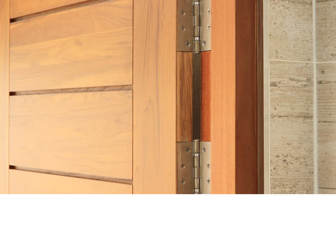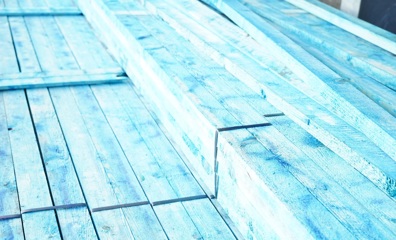How to seal plywood edges
Sealing the edges of your plywood panels is one of the most important things you can do to ensure the panel has a long life.
Exposed plywood edges are magnets for moisture which over time can penetrate the panel and lead to delamination.
Plywood evangelist and Elliotts Timber Manager, Bob Tee, explains how to seal and waterproof plywood edges to get the best out of your plywood.
Sealing plywood edges to waterproof them
“The most important thing to do (after choosing the right plywood for your project) is to seal the edges”, says Bob.
“No matter which type of plywood you choose, if it is being used outside or in an area of humidity (kitchens, bathrooms etc.) then you must seal the edges of the panel.”
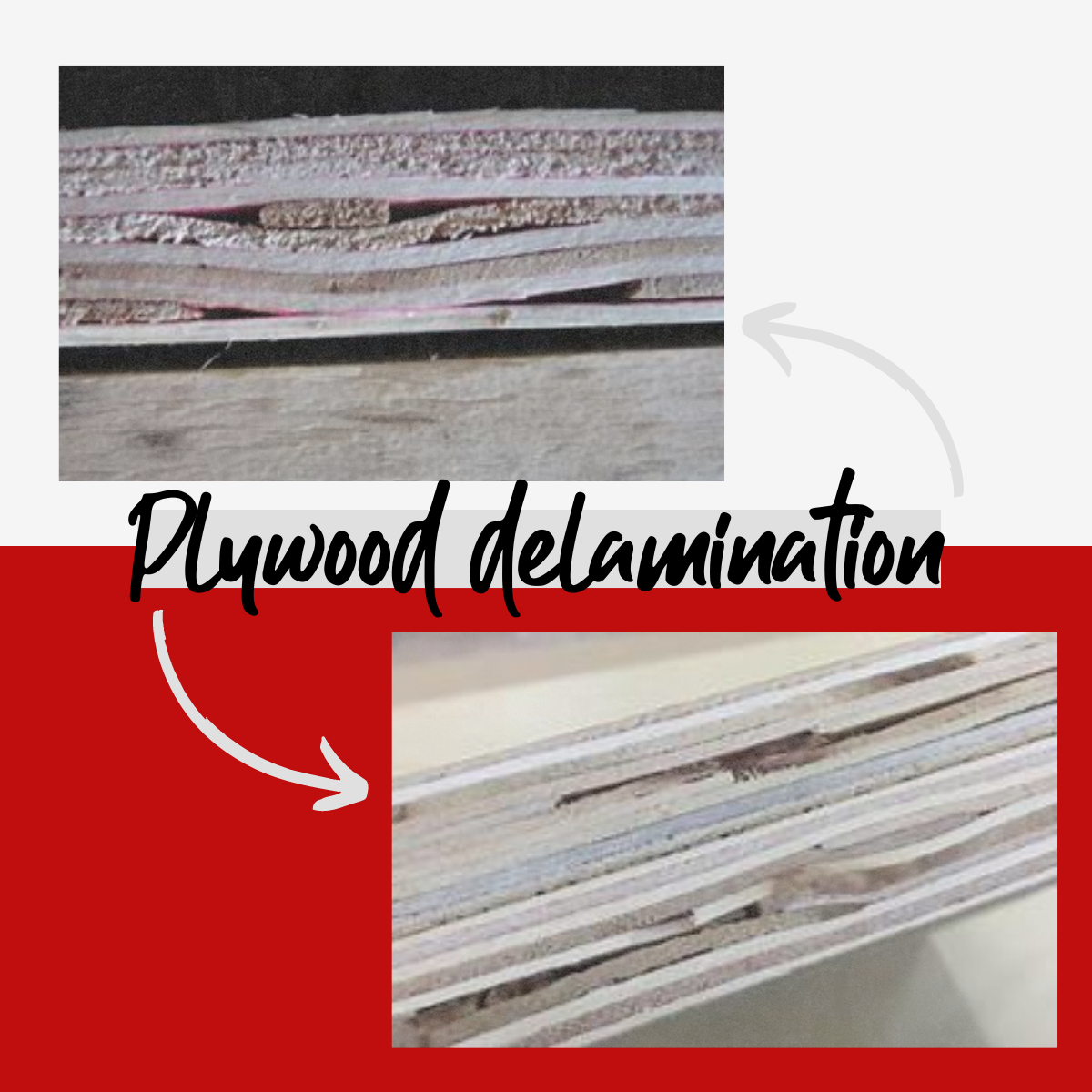
But why is it so important to seal plywood edges?
“The end grain of any timber is a series of tubes which go up the tree and draws up the nutrients. The smaller the tube the more pressure there is to draw up water/moisture. It works like a capillary action. Any moisture surrounding the timber gets sucked straight through the tubes.”
“Timber is hygroscopic – it will take on moisture to what the prevailing atmospheric moisture content is. The constant expansion and contraction of the timber as it takes on the moisture from its surrounding environment over time is what causes 99% of issues.
“The constant pulling/pushing on the glue line will eventually lead it to break, causing delamination", says Bob.
Sealing plywood edges for interior use
Plywood panels used for interior projects will not need to have the edges sealed, unless they’re being used in a humid environment.
Interior humid environments include spaces like kitchens and bathrooms.
“Although plywood panels in kitchens and bathrooms may not be exposed to direct wetting, the panel can be affected by moisture due to the humidity of the room. The same applies to any timber product not just plywood”, says Bob.
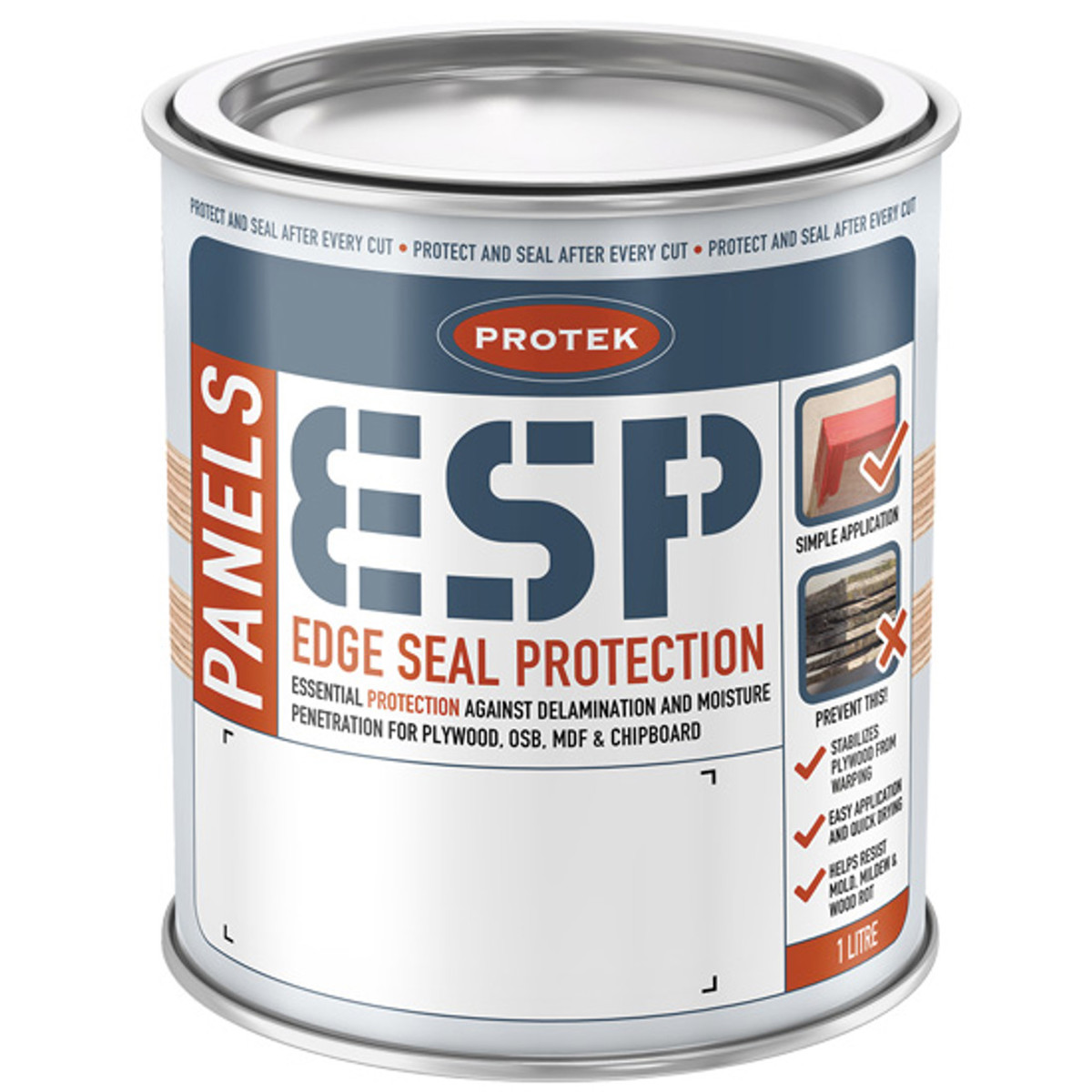
What can I use to seal plywood edges?
“It’s important to seal plywood edges with a substance that will move with the timber”, says Bob.
“Protek Edge Seal Protection (ESP) is 100% the best product to use.
“It’s elastomeric, which means it’ll flex and move with the plywood that it’s applied to.
“When applied thoroughly and correctly, it’ll seal the ends of the exposed timber tubes and will help the plywood panel to perform as it should.”
Protek Edge Seal Protection is easy to apply, will stop the absorption of moisture (preventing rot and delamination) and is proven to make plywood stronger.
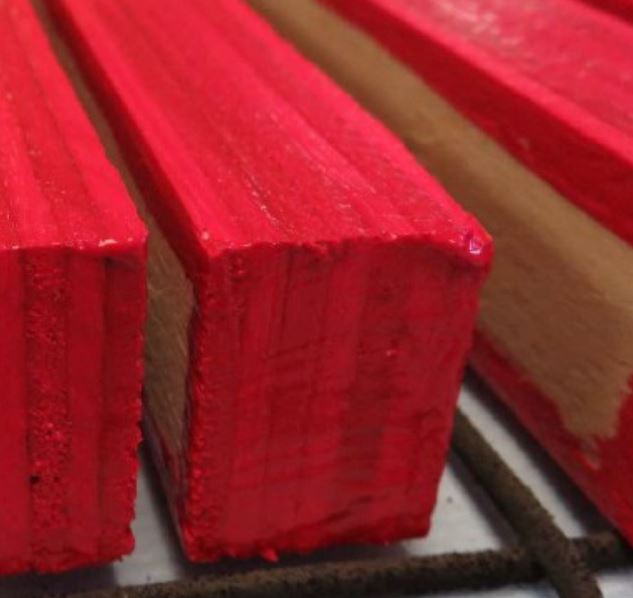
How to apply edge seal protection to plywood
- For the best results, the plywood panel needs to be clean and dry before applying ESP.
- Paint a thick layer of the sealant down the edge with a 5mm overlap onto the panel. Make sure that any small nicks and air pockets are completely covered in the sealant.
- Protek Edge Seal Protection applies in red, which allows you to see exactly where you’ve applied it and identify any missed sections.
For the best results, Bob recommends using a brush to apply the edge sealant:
“It’s important that all gaps are bridged, so using a woodwork stain and varnish brush will ensure the best results. You can use a roller, but it may not always get into the smaller bits.”
How much Protek Edge Seal Protection do I need to cover a standard plywood panel?
| Panel Thickness | 1 litre will seal | Total cut edge |
|---|---|---|
| 18 mm | 21 sheets | 183 metres |
| 12 mm | 32 sheets | 234 metres |
| 9 mm | 37 sheets | 270 metres |
Depending on the quality of your plywood, you may need a thicker coverage. Panels will be touch-dry within 2 hours (depending on drying conditions).
Protek Edge Seal Protection is available in 125ml, 500ml and 1ltr tins.
Sealing plywood edges FAQ
Got a question about sealing plywood edges? Bob has answered some of the most commonly asked questions here:
Can you seal plywood with PVA glue?
If you absolutely have to, then sealing plywood edges with PVA glue would certainly be better than nothing at all – but the panel will eventually fail. PVA is a water based adhesive, so it will have a limited life outside. Protek Edge Seal Protection is the only product that will 100% do the job.
Can you seal plywood with paint or varnish?
Varnish is a rigid coating and won’t move with the timber, hence why it cracks. It also takes on moisture, so varnish isn’t suitable for sealing the edges of plywood. Paint can be too porous and, like varnish, will take on moisture.
Can you still paint/varnish plywood after using edge sealant?
Yes, you can paint or varnish your plywood after sealing the edges.
One thing to note is that our stock of ESP applies and dries red.
Do you need to use plywood edge sealant if you’re going to use edge banding?
Yes, you should still seal the edges of your plywood before banding the edges if you’re going to use the plywood outside or in areas of humidity. Banding can be applied to the edges of plywood once the edge sealant has dried.
How can I seal the edges of MDF, OSB and chipboard?
Protek Edge Seal Protection can also be used to seal the edges of MDF, OSB and chipboard. It’s the exact same process that’s used to seal the edges of plywood, as laid out above.
“If you’re installing plywood outside and the panel doesn’t get edge sealed, the manufacturers will almost certainly walk away from any issues. It’s your responsibility to seal the edges.”
Getting the right plywood for your project
Sealing the edges of your plywood will cure 80% of the problem, but moisture can still penetrate the panel via the faces. The best way to minimise this is to buy the right plywood for the job it’s intended for.
Bob has written 2 guides that should help you choose the right plywood for your project:
If you need more information, contact our timber team.
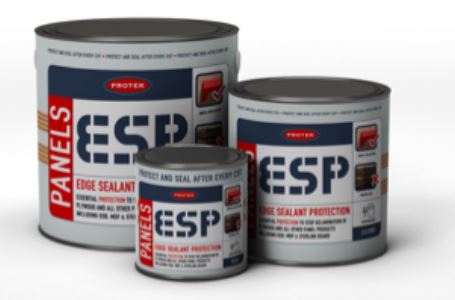
Buy plywood edge sealant
From just the cost of a morning coffee and breakfast bap, you can ensure that your plywood panels have a long and useful life.
Protek Edge Seal Protection is available to buy online and from your local Elliotts branch.
(And don’t forget, Protek Edge Seal Protection can also be used to seal the edges of MDF, OSB and chipboard.)
Featured products
Protek ESP Panel Edge Sealant Protection Red, 125ml

Protek ESP Panel Edge Sealant Protection Red, 1L


